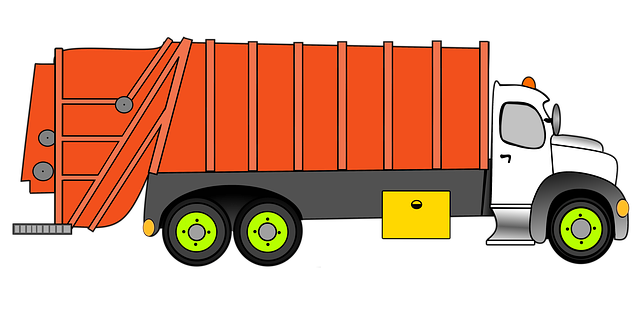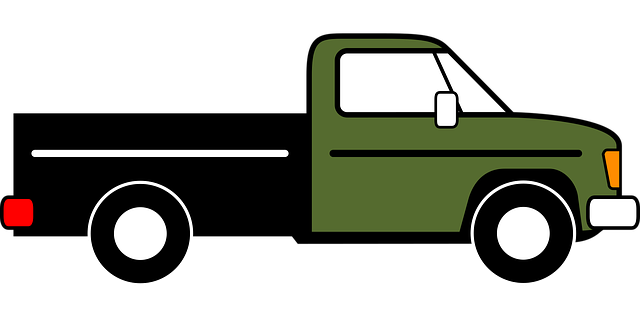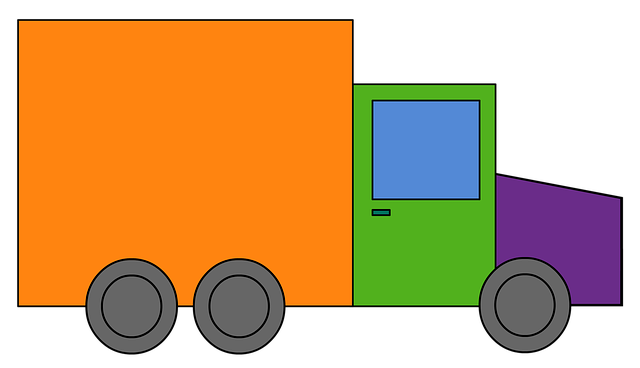Registering a car in California is a straightforward process, but it requires careful preparation. This guide will walk you through the essential steps, from understanding the state’s registration requirements to acquiring the right documents and paying fees. Key aspects include gathering vital information, such as your vehicle’s VIN, which can be verified using a trusted dmv vin verifier. By following these clear instructions, you’ll efficiently navigate California’s car registration process.
- Understand California Vehicle Registration Requirements
- Gather Necessary Documents for Car Registration
- Visit a California DMV Office or Use Online Services
- Perform a Vehicle Identification Number (VIN) Verification
- Pay the Registration Fees and Receive Your License Plate
Understand California Vehicle Registration Requirements

Before registering your vehicle in California, it’s crucial to understand the state’s specific requirements. The California Department of Motor Vehicles (DMV) mandates that all vehicles operated within the state be properly registered and have a valid inspection certificate. This process involves verifying the Vehicle Identification Number (VIN) of your car, which is a unique code that identifies the vehicle’s make, model, and year. Utilizing a DMV VIN verifier or even a mobile vin verifier app can facilitate this step by providing instant, accurate information about your vehicle’s history.
Ensure your vehicle passes the state’s emission standards and safety inspections, often conducted through a mobile vin inspection service. The inspection checks various components to guarantee your car meets California’s safety and environmental regulations. Having these documents ready ensures a smoother registration process at the DMV, saving you time and potential headaches down the road.
Gather Necessary Documents for Car Registration

Before heading to the California Department of Motor Vehicles (DMV) for car registration, ensure you have all the required documents ready. This process typically involves multiple forms and pieces of information to verify your vehicle’s identity and your eligibility as the owner. Among these, one crucial document is the Vehicle Identification Number (VIN) verification. The DMV recommends using a trusted mobile vin verifier or mobile vin inspection tool to quickly and accurately extract this unique identifier from your car’s label or engine.
Having a mobile vin verification service on hand can streamline the registration process, as it provides immediate access to your vehicle’s history and ensures all details match with what the DMV requires. This includes verifying the make, model, year, and other specifications of your car, which are essential for issuing a valid registration certificate. Additionally, having accurate and up-to-date information on hand can help avoid potential delays or issues during the registration process.
Visit a California DMV Office or Use Online Services

Visiting a California DMV Office or Utilizing Online Services is the first step in registering your car. The Department of Motor Vehicles (DMV) offers both in-person and digital options for convenience. If you prefer a traditional approach, head to your nearest DMV office. Staff there can guide you through the registration process, and you may even be able to complete the transaction on the same day.
For those who want a quicker, more efficient method, California’s DMV provides online services. This includes features like a DMV Vin Verifier, allowing you to verify your vehicle’s identification number (VIN) for accuracy before proceeding with registration. You can also apply for registration, title transfer, and other related services through their user-friendly website. Consider using a mobile vin inspection tool for added convenience if you’re comfortable with digital processes.
Perform a Vehicle Identification Number (VIN) Verification

Before submitting your registration application, it’s crucial to perform a Vehicle Identification Number (VIN) verification. This step ensures that the vehicle you intend to register is genuine and matches the details provided in the VIN. You can accomplish this through a mobile vin verification or by scheduling a vin inspection with a designated dmv vin verifier.
During this process, the unique 17-character VIN code is cross-referenced against official databases to confirm its authenticity and history. This includes checking for any previous accidents, outstanding recalls, or reported thefts, which could impact your registration approval. A successful VIN inspection significantly increases the chances of a seamless registration process at the DMV.
Pay the Registration Fees and Receive Your License Plate

After completing your vehicle’s registration application, the next step is to pay the required fees. In California, these fees vary based on your vehicle type and other factors, but typically include a base cost for registration along with emissions testing charges if applicable. You can opt to pay in-person at a DMV office or choose a more convenient option like paying online or by mail.
Once your payment is processed, the DMV will issue your license plate. For a standard registration, you’ll receive two plates, which must be displayed on your vehicle. It’s essential to ensure these plates are securely fastened to avoid any issues during mobile vin inspection or future vehicle inspections. The California DMV encourages customers to verify their Vehicle Identification Number (VIN) before and after registration to ensure accuracy, especially when utilizing a mobile vin verification service for added convenience.
Registering your car in California involves understanding the state’s requirements, gathering essential documents, and completing the registration process efficiently. By visiting a DMV office or using their online services, you can streamline the process. A crucial step is to perform a VIN verification, ensuring your vehicle’s authenticity. Once all fees are paid, you’ll receive your license plate, marking the successful completion of your California car registration journey. Don’t forget to keep your documents up-to-date for smooth future interactions with the dmv vin verifier.
